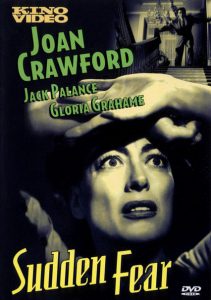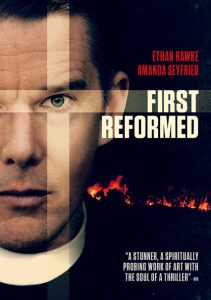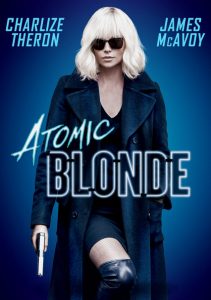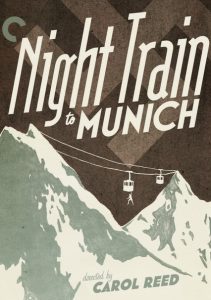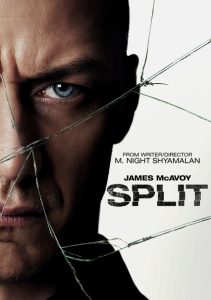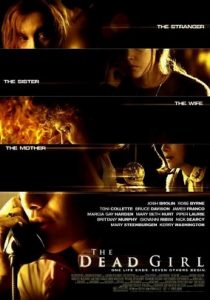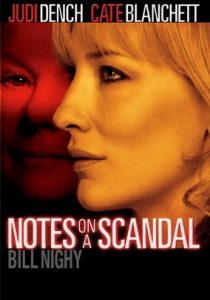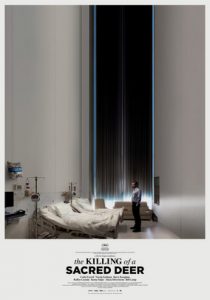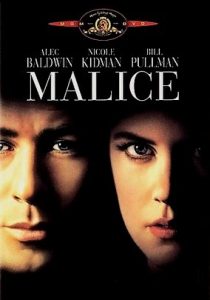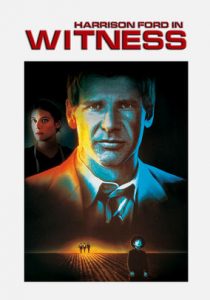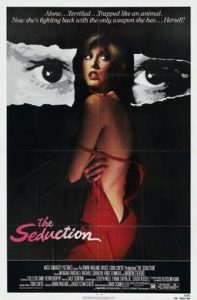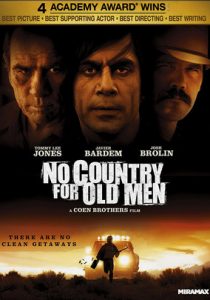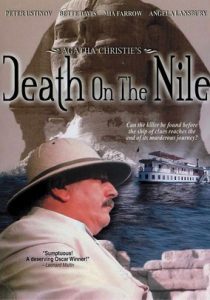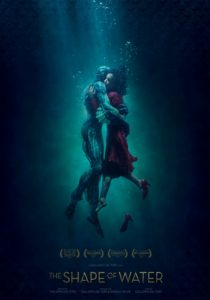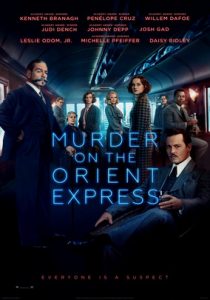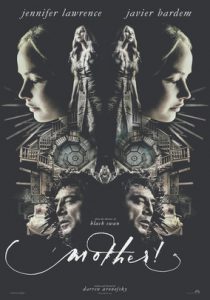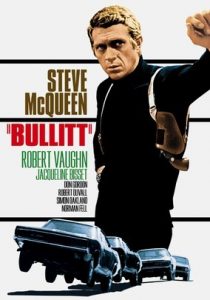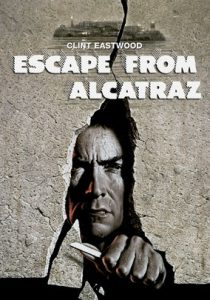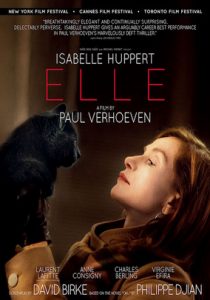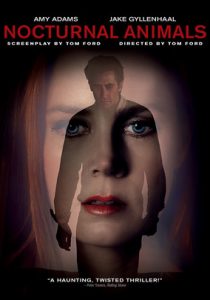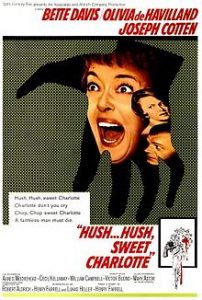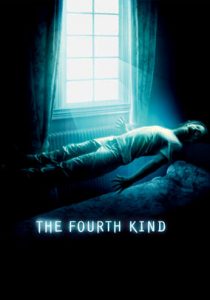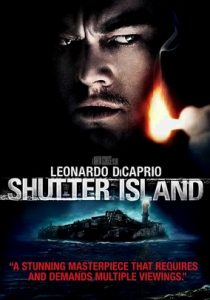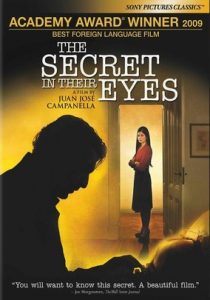Sudden Fear-1952
Director David Miller
Starring Joan Crawford, Jack Palance, Gloria Graham
Scott’s Review #873
Reviewed March 3, 2019
Grade: B+
Sudden Fear (1952) is a gripping film noir thriller. The genre became commonplace in the early 1950s.
The film is raised to lofty acclaim due to the casting of legendary Hollywood star Joan Crawford in the lead role. Her performance led to an Oscar nomination and is the main draw.
Sudden Fear suffers from cliches but is otherwise a solid watch, although largely forgotten.
Crawford stars as Myra Hudson, a successful Broadway playwright who rejects the suave and handsome Lester Blaine (Jack Palance) after he auditions for the lead role in her play.
Later, they coincidentally meet on a train headed for San Francisco as Lester manages to sweep the mature woman off her feet. When Myra impulsively marries Lester, his true intentions to manipulate and then kill her to inherit her money are revealed.
The suave Myra uncovers the plot and instead plans to kill Lester and place the blame on his scheming former girlfriend, Irene (Gloria Grahame).
As a rabid fan of Ms. Crawford and her talents, I lean towards the film’s being exclusively hers. With her expressive eyes and mannerisms, the role is tailor-made for her and not too far from the role she would later play in What Ever Happened to Baby Jane? (1966).
As a strong yet beleaguered character, Myra has been unsuccessful in the romance department. After a glimmer of hope, she is devastated when she realizes she is being played for a fool.
Thanks to Crawford, her pain and humiliation are palpable, and her subsequent paranoia is believable without overacting too much for effect.
Palance and Grahame are okay in their respective supporting roles, but Crawford outshines them, or the script becomes banal.
Regardless, the roles are one-note and not the best of either actor’s career.
The characters have little rooting value; we know their motivations and shenanigans from the start.
The conclusion produces a satisfying demise for each one as their comeuppance is in perfect form.
From a plot and pacing perspective, the film is never dull and contains many twists and surprises, which will undoubtedly keep audiences engaged. The action moves in stellar form and never tires as the viewer anticipates an incredible ending.
The final chapter is fraught with chase scenes throughout the streets of San Francisco. A terrified Myra runs through the streets clad in a black coat and a white head shawl, wearing high heels naturally, while being chased by a crazed Lester.
Sudden Fear adds clever camera angles and cinematography, making it slightly left of center and creative looking with cool shadows throughout.
Elements of Hitchcock emerge as a shaky hallway scene featuring a lumbering Lester approaches the camera. Closeups of the actors and the illuminating black-and-white lighting give the film a glowing look.
Shots of a gun, a pendulum swinging representing a clock, or a bottle labeled “poison” add elements of tension.
For fans of the illustrious Joan Crawford, Sudden Fear (1952) is a recommended watch and will please those seeking a good helping of the star. She does not disappoint and is the main draw in an otherwise by-the-numbers genre film.
The film’s conclusion is the high point, and while I wish Palance and Grahame had provided more layers and character development, Crawford shines in an otherwise forgotten offering.
Oscar Nominations: Best Actress-Joan Crawford, Best Supporting Actor-Jack Palance, Best Cinematography, Black-and-White, Best Costume Design, Black-and-White
